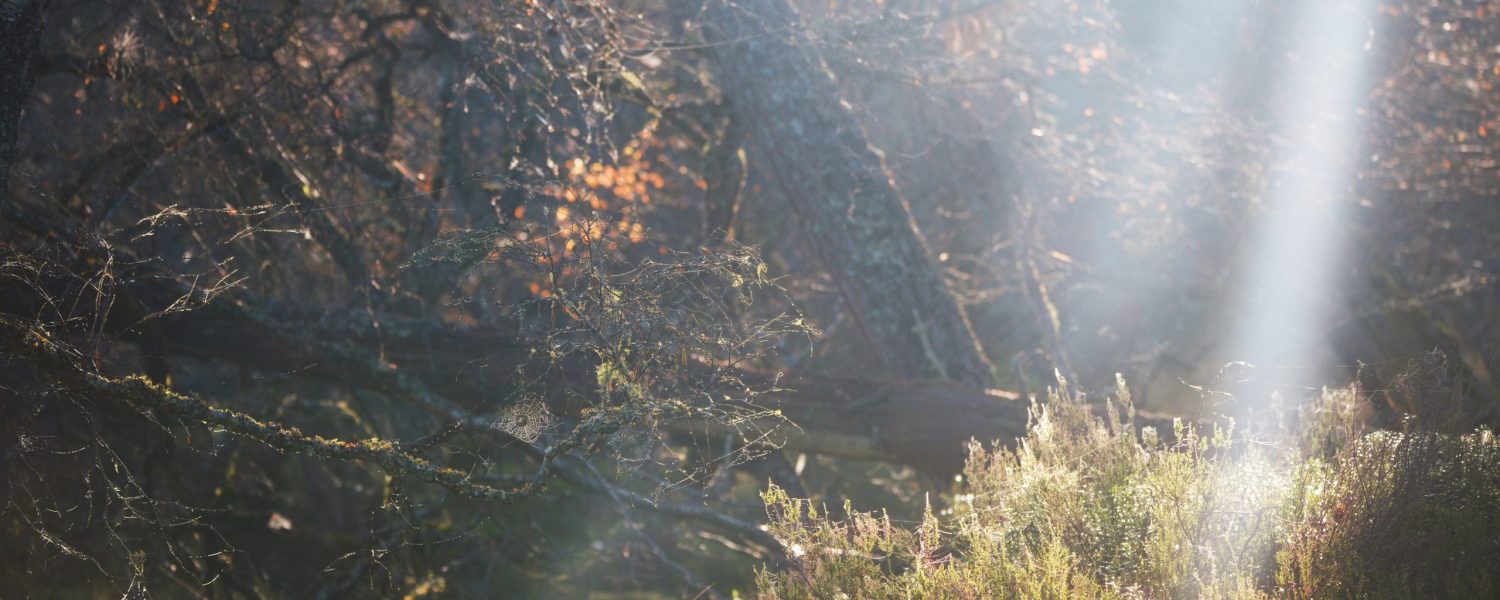Link to details of
internal competitions
external competitions
Guidelines for submitting images for PPS competitions
The first rule to follow is – don’t worry. The rules for all our competitions are very simple. We don’t believe in constraining members’ creativity within tight guidelines. You will find that the rules are mostly to do with ensuring that images can be transported to the judges with ease, and to make sure that the competition secretary does not have an onerous task when sorting and cataloguing them.
Originality: Images entered must be entirely the work of the photographer. Composite images are permitted provided all component images meet this requirement. For the avoidance of doubt, use of images from any source including, but not limited to, royalty free image banks, textures and clipart are not permitted.
Uniqueness: An Image that does not place in the top five in its first internal competition may be submitted for one subsequent internal competition, eg after re-editing on the basis of comments in the first.
Naming your entries: The syntax for the naming of entries is very similar for both digital and print, and is to be in the form
A_07_Photophrolics.jpg
B_13_Phrantic Photons.jpg
Priority level: Please indicate each image’s priority (A, B, C etc) as part of the image naming, for both Digital and Print entries. If there is an excessively large number of entries, the Competition Secretary may be obliged to reduce each member’s entry to fewer images (eg to limit the competition to A-only, or A and B, entries). The Competition Secretary’s decision is final in the event of this clause being invoked, and will be announced as soon as possible after the closing date for submissions; if a member fails to prioritise their images, they will be contacted, if practical, otherwise priority will be randomly allocated.
(For the Nan Borthwick, prints should be marked so it’s clear which goes Left, Middle, Right when they are displayed together).
Membership number: Competitions are open to current members; to qualify to enter a competition, you must join/renew by the hand-in date for that competition. This will give you your current season’s membership number (the number changes every year), which is required to identify your competition entry. Joining/ renewing well before the first competition of the season will give you more time to properly name your files in time for the hand-in deadline.
However, if you join/ renew but don’t receive your membership number in time, send your entries in anyway, there’s time to confirm your eligibility before the competition night. Joining/ renewing is by means of completing the form on http://www.perthshirephotographicsociety.org.uk/membership/, and paying the membership fee.
Hand-in dates: All submissions should be made by the specified date for the particular competition.
Externally-judged competitions are those judged by a non-member, who receives the entries in advance for lengthy consideration. Hand-in is usually three weeks ahead of the competition night. This is to ensure that the judge will have sufficient time to give meaningful feedback about each image in the limited time available.
Internally-judged competitions are those judged by members present on the night of the competition, and entries are not seen in advance. Hand-in date may be later.
For dates, see the competitions pages.
Click here for guidelines on Digital Images
Click here for guidelines on Print images
Common pitfalls that will detract from an image’s overall score
Detail: Highlight areas and shadow areas with no discernable detail. Modern digital cameras are improving all the time but their dynamic range (the ability to expose correctly for both bright and dark areas in a photograph) is still limited. If your image has blown highlights or blocked-up shadows the judge will deduct marks unless these are unavoidable or deliberate acts of artistic creation (e.g. silhouettes). Learn how to expose perfectly and use software like Lightroom or Photoshop to selectively darken highlights and lighten shadows in your images.
Distractions: If at all possible every element in an image should play a part in the composition, otherwise it is a distraction. Distractions are worse if they are bright or close to the edges of the frame. Consider darkening, cropping out or even cloning out these offending objects. Excluding elements is just as important as including them.
Cropping: Always consider carefully how an image might be improved by judicious cropping. It may be to exclude a distraction as above or it may be to remove large areas of little interest e.g. bland skies. Empty space can be used to good effect if done well but often it is best to make your intended subject stand out better by removing areas of little interest and thereby placing your main subject more prominently in the frame e.g. on a third. A good crop will improve your image’s score, and a bad crop can harm it. Avoid cutting limbs in half or cropping so tightly that your subject has no breathing space or supporting context.
Scottish Photographic Federation (SPF) judging
For three of our internal competitions we welcome visiting judges who are members of clubs elsewhere in Scotland and who are trained and accredited by the SPF. The three are:
The SPF publishes guidance for its judges. One section that may be of particular interest to competition entrants is the page at:
Publication
Images submitted for our internal competitions may be shortlisted for inclusion in the Society’s entries for the following season’s external competitions. With the author’s permission, high-scoring prints may be retained for this purpose.
Images from the top 5 entrants in our internal competitions will generally be published on our Galleries page.
